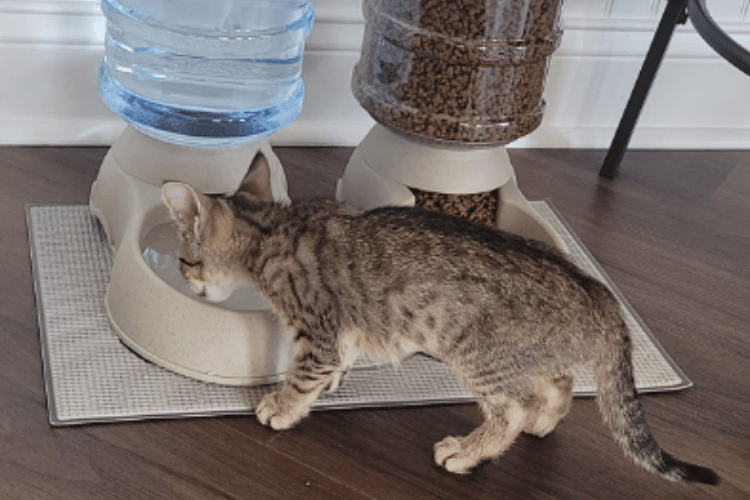Are you tired of constantly having to feed your cat manually every morning and evening? Do you worry about leaving your cat alone for extended periods of time without food? If so, automatic feeders might be the perfect solution for you and your feline friend.
Automatic feeders have been gaining popularity among cat owners for their convenience and efficiency. They come in various types and functionality and are designed to take over the hard work of feeding your cat. In this blog post, we'll dive deep into the world of automatic feeders for cats, explore their benefits, drawbacks, and overall effectiveness.
What are Automatic Feeders?
Automatic feeders are machines that are programmed to dispense food for your cat at predetermined intervals of the day. They come in different types, including gravity feeders, meal dispensers, and smart feeders. Gravity feeders are the most basic type and operate by using gravity to dispense food automatically when the bowl gets empty.
Meal dispensers are more advanced and allow for portion control and timing settings. Smart feeders have additional features, such as webcam monitoring and mobile app controls.
Types of Automatic Feeders:
Gravity feeders are commonly available in the market and are the most affordable. They are ideal for free-feeding and work well for cats that don't overeat. Meal dispensers are more advanced and allow for precise portion control. They are perfect for cats on a dietary regimen or those prone to obesity.
Smart feeders are the most sophisticated and a bit more expensive. They are designed to be app-controlled and come with features like webcam monitoring, voice recording, and personalization.

Benefits of Automatic Feeders:
One of the most significant advantages of automatic feeders is their convenience. You don't have to worry about being home to feed your cat, and there is always a consistent schedule your cat can adjust to.
This helps establish a stable routine for a healthy and happy cat. Automatic feeders also prevent overeating, keep food fresh, and most importantly, save time and effort.
Drawbacks of Automatic Feeders:
One of the main drawbacks of automatic feeders is that they don't provide a cat with the stimulation that feeding from a bowl does. Digestion actually starts in a cat’s saliva, and by automatically dispensing food, the cat misses out on the necessary saliva creation.
Apart from missing routine stimulation, automatic feeders can malfunction and need maintenance. If the feeder doesn't dispense food correctly, it may lead to overfeeding or underfeeding. This is crucial and can lead to health issues with your cat.
Suitability of Automatic Feeders:
While automatic feeders are effective, they may not be suitable for all cats. Cats on a strict dietary regimen may still need monitored intake that automated feeders can't provide.
Additionally, some cats may become anxious or stressed if their feeding routine changes. It's important to assess whether your cat is suited to an automatic feeder, as every feline friend is different.
Automatic feeders are a great investment for busy cat owners to help maintain a stable routine for their feline friends. They come in different shapes, sizes, and functionalities, so it's important to pick one that meets your cat's unique needs.
Although there are some drawbacks, the benefits outweigh the disadvantages and automatic feeders provide a reliable and efficient way to feed cats. However, it's essential to still monitor your cat's activity, eating habits, and maintain their health with other hygiene activities. With proper research and care, an automatic feeder can be a lifesaver for cat owners.
Thank you for visiting LegitLists we hope this helps you make a legitimate choice!
Our goal is to provide you with the information you need to make legitimate choices. If you buy something through our links, we may earn a commission.






